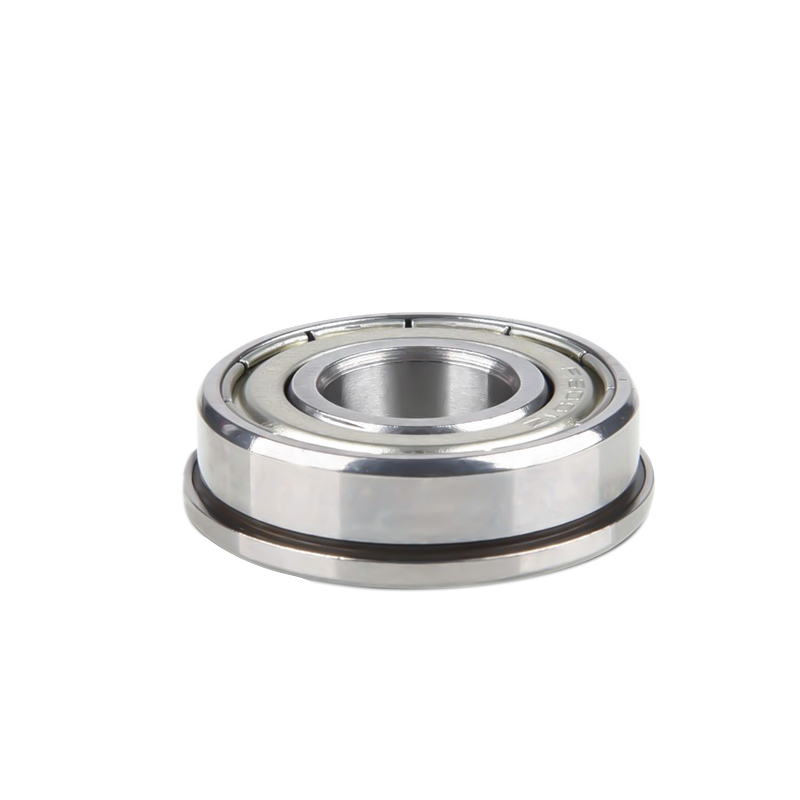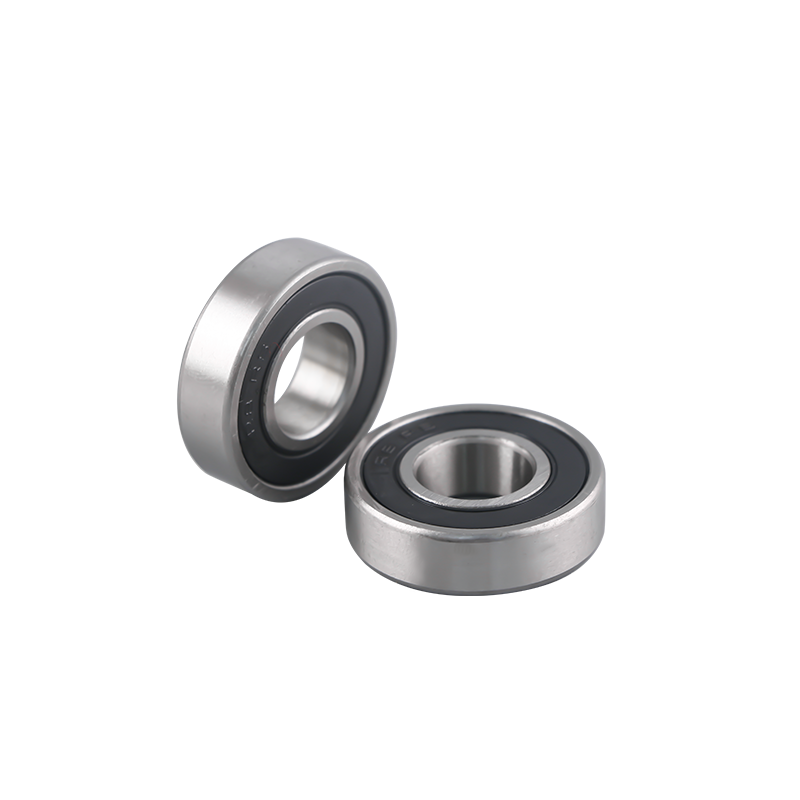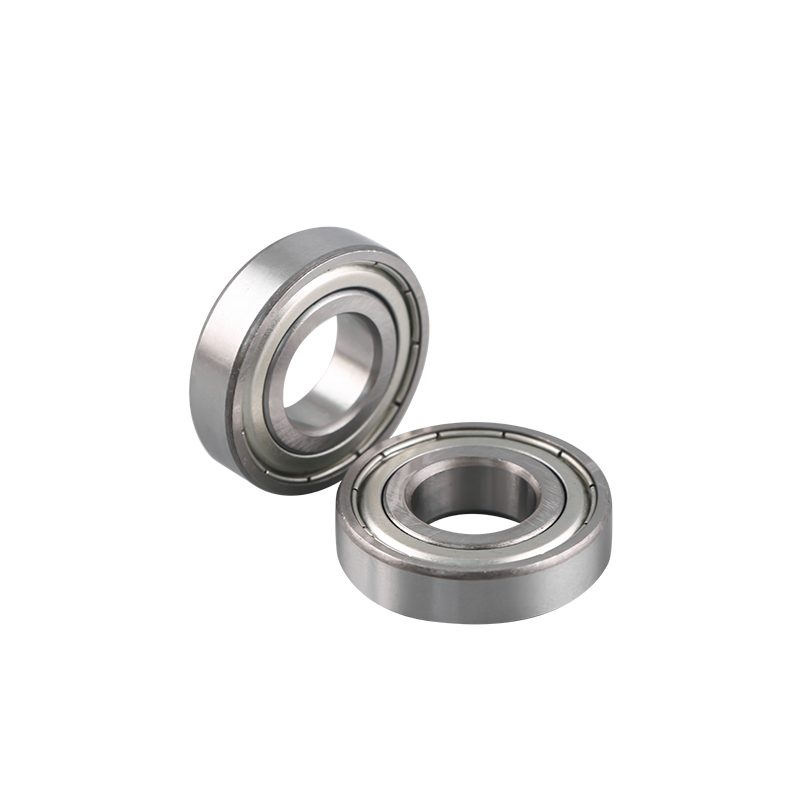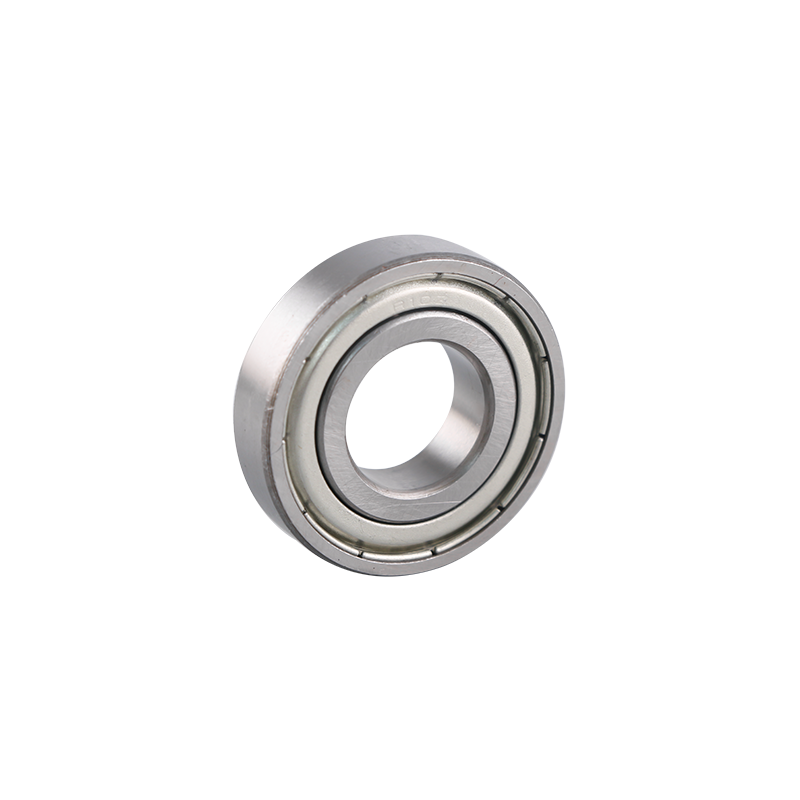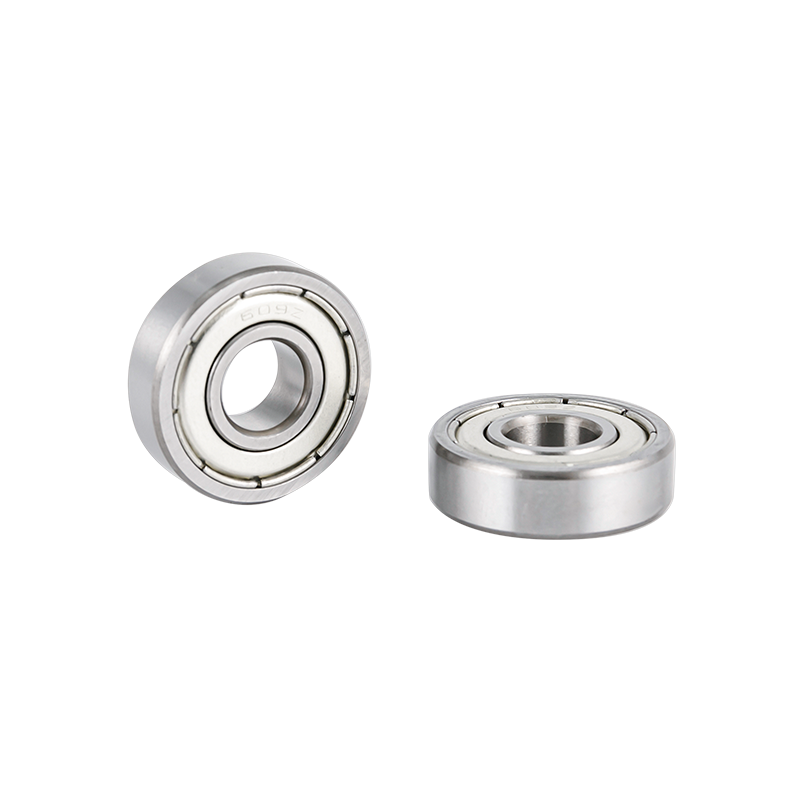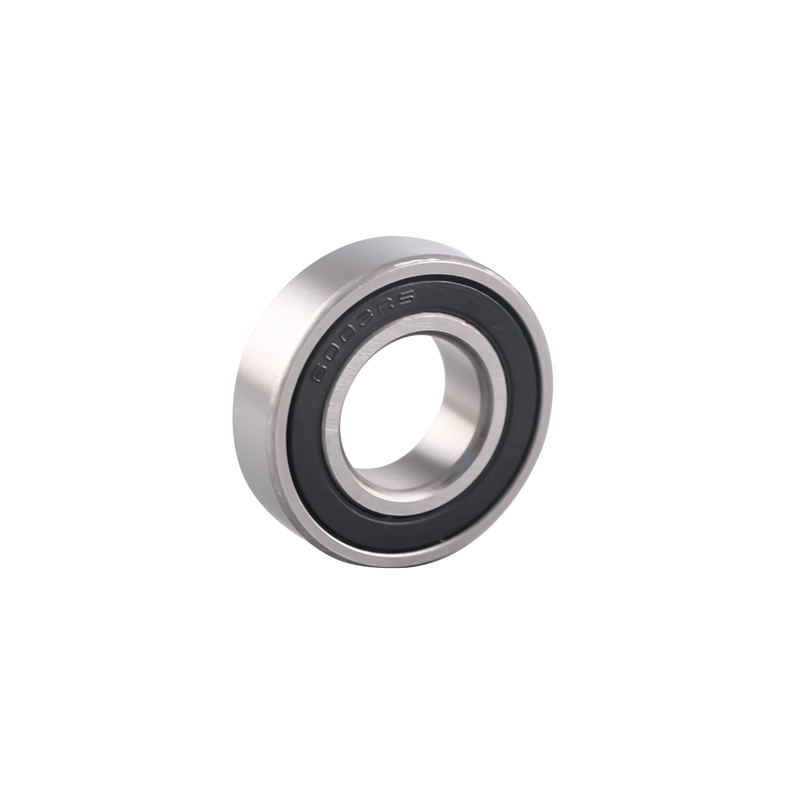Shielding and sealing in
deep groove ball bearings are crucial features that enhance their performance and extend their lifespan, especially in harsh or contaminated environments. These protective elements serve to safeguard the integrity of the bearing's interior and maintain its operational efficiency.
Shielding:
Function: Shields, often referred to as metal shields or dust shields, are designed to provide basic protection for deep groove ball bearings. They serve several key functions:
Contaminant Barrier: Shields act as barriers to prevent dust, dirt, and larger contaminants from entering the bearing's interior. By shielding the ball's raceway, they help maintain a cleaner and more controlled operating environment.
Friction Reduction: Shields are typically made of thin metal (usually steel) and are designed to create minimal additional friction, ensuring that the bearing operates with low torque and energy consumption.
Lubrication Retention: Shields help retain lubrication within the bearing by reducing the loss of lubricant due to contamination. This aids in the long-term efficiency and life of the bearing.
Design: Shields are designed as flat, circular plates that fit closely against the outer ring of the bearing. They have an opening that allows the balls to roll freely along the inner raceway. The size and shape of this opening can vary depending on the manufacturer and application.
Advantages: Shielded deep groove ball bearings are well-suited for applications where moderate protection against contaminants is required, but where very low friction and minimal additional complexity are essential.
Limitations: While shields provide some protection, they are not completely effective in preventing contamination in highly polluted or wet environments. In such cases, additional sealing mechanisms may be necessary.
Sealing:
Function: Seals, also known as contact seals or rubber seals, offer a higher level of protection compared to shields. They provide an effective barrier against contaminants, moisture, and other external factors that could compromise the bearing's performance. Seals serve several vital functions:
Enhanced Contaminant Resistance: Seals create a tight seal between the inner and outer rings, forming a barrier that is highly effective in preventing dust, dirt, and liquid ingress.
Long-Term Lubrication Retention: Sealed bearings are particularly adept at keeping lubricants within the bearing and protecting them from contamination. This feature significantly extends the bearing's maintenance intervals.
Reduced Friction*: While seals introduce slightly more friction compared to shields, modern sealing materials and designs aim to minimize this effect, ensuring that sealed bearings continue to operate efficiently.
Design: Seals are typically made from rubber or synthetic materials. They have a lip or a sealing edge that comes into contact with both the inner and outer ring of the bearing, creating a secure seal. The seal's design ensures that it remains in contact with the raceways, even during rotation.
Advantages: Sealed deep groove ball bearings are well-suited for applications where protection against contamination is critical. They are commonly used in industries like food processing, medical devices, and marine applications, where cleanliness and reliability are paramount.
Limitations: Sealed bearings may generate slightly more heat and friction compared to shielded or open bearings due to the contact between the seal and the raceways. Additionally, they may require slightly more torque to rotate.
